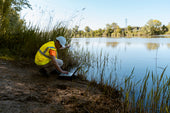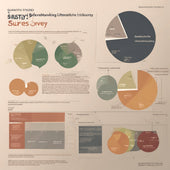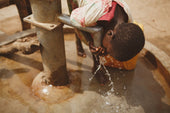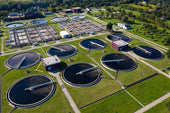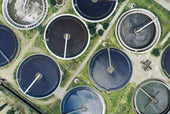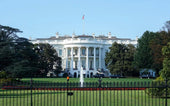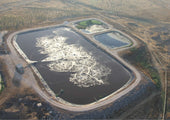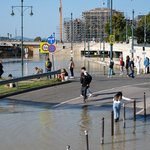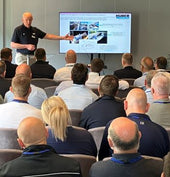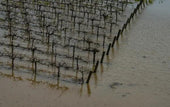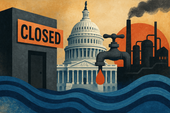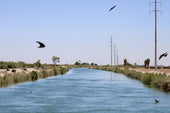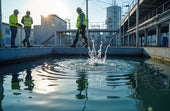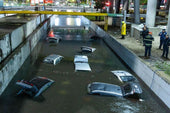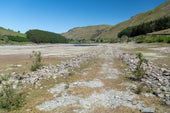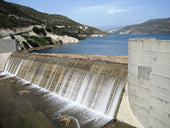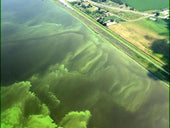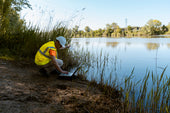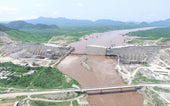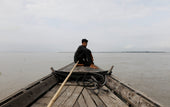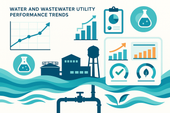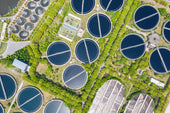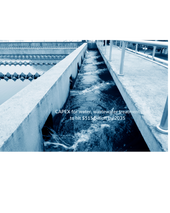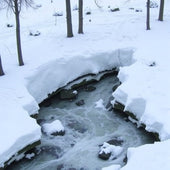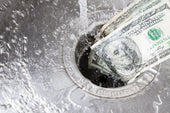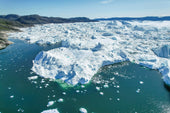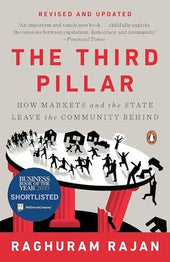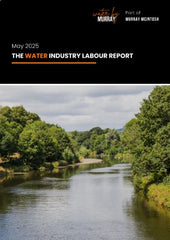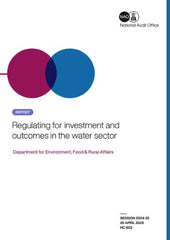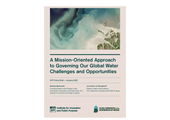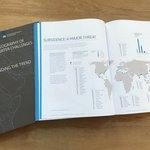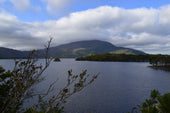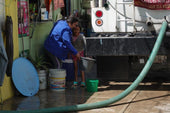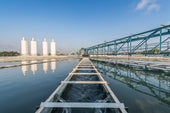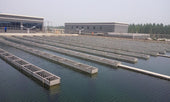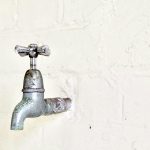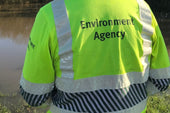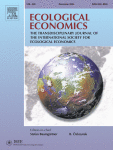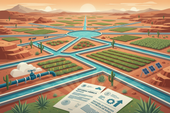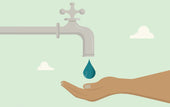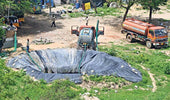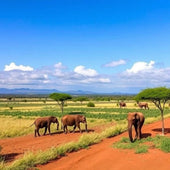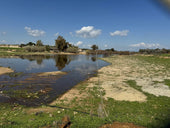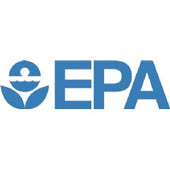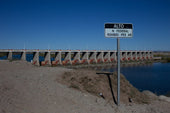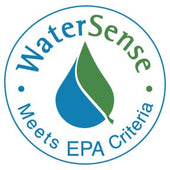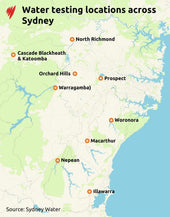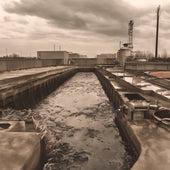
A Water Crisis Is Threatening Kenyan Livelihoods

By Zita Zage
As the world observed World Water Day on March 22 this year, Kenya’s lakes are facing a pollution crisis that threatens fishing communities and public health. In late 2024, over 50 tons of fish died in Lake Victoria due to worsening water quality, while studies have detected toxic pollutants in fish from Lake Nakuru. Weak enforcement of environmental laws has allowed unchecked industrial waste dumping, escalating the crisis.
In an interview with Global Voices, Evans Odhiambo Oketch, leader of Nguvu Change, an organization that is leading efforts to combat water pollution in Kenya, sheds light on the water crisis that is threatening people’s livelihoods.
Zita Zage (ZZ): Tell us about yourself.
Evans Oketch (EO): As an aquaculture and agricultural professional, I dedicate myself to sustainable food production, value chain development, and environmental conservation. My upbringing in a Luo fishing community in Kenya led to a strong bond with water bodies and fisheries after experiencing firsthand the decrease in fish stocks and the problems of contamination and market flaws.
My Bachelor’s degree in Agricultural Education and Extension allows me to demonstrate proficiency in sustainable farming, climate advocacy, and community development. I combine environmental activism with being an aquaculture professional because I dedicate my efforts to restoring Lake Victoria and establishing sustainable water management systems across Kenya.
ZZ: What is the current state of water bodies in Kenya?
EO: Kenya is graced with diverse wetlands and water bodies, but encroachment and degradation remain alarming due to contamination, excessive water extraction, and environmental climate changes. Industrial pollution, plastic waste, and agricultural runoff have led to significant ecological problems in Lake Victoria, Lake Nakuru, and Lake Naivasha, which have caused fish population decreases and environmental damage.
Lake Victoria, which used to have abundant fish stocks, now faces [significant] issues: Over-dominance with invasive Nile perch species and eutrophication from algae blooms.
Environmental changes and overfishing have created a severe shortage of fish, leading to increased costs for local traders. The current fish scarcity has led fishmongers into sexual exploitation through the “sex for fish” (Jaboya) practice when they need fish from male fishermen. The practice of exchanging fish for sexual favors worsens HIV/AIDS transmission throughout the lake region, where HIV rates remain incredibly high in Kenya. The interconnected problems of economic hardship with gender discrimination and environmental deterioration have formed a vicious cycle of poverty, disease, and exploitation.
The Nairobi and Athi Rivers choke from municipal waste from our capital city, Nairobi, which ironically is the headquarter for the United Nations Environment Program (UNEP), which makes these water sources dangerous for people and water-dwelling creatures.
The lengthening periods of dry weather increase water scarcity because it decreases lake and reservoir water levels, leading to conflicts among resource users.
ZZ: What do you think is the root cause of Kenya’s water pollution crisis?
EO: Water pollution in Kenya results from human negligence — we don’t care! Like we do say in Kenya ‘hakuna matata’, so it is with waste, no worries in Kenya. We have mega cities without sewage treatment plants and no proper monitoring of industrial effluents by National Environment Management Authority (NEMA). Some cities have sewage treatment plants, but they cannot withhold daily effluents. Look at Nairobi, the headquarters of UNEP, but if you walk along the Nairobi River, you’ll see people dumping all kinds of organic and inorganic waste; now it is raining, and soon all drainage systems will burst open even in Central Business District (CBD), and you’ll see the raw sewage flowing into the Nairobi river.
Kisumu Water and Sanitation Company (KIWASCO) operates two sewage treatment facilities in Kisumu County, including the Kisat Conventional Sewerage Plant and the Nyalenda Oxidation Ponds. According to their website data, its current situation doesn’t serve the population well since only 18 percent of people receive central sewer system services. Where do they take the remaining chunk that equates to 82 percent? Millions of people suffer from diseases because they depend on pit latrines, which use septic tanks and open drainage systems. Truth be told, the state of our infrastructure proves insufficient and inefficient, and the vulnerable have no means to escape the matrix. Corporate entities and industries persist in disposing of their waste in water sources without facing any meaningful responsibility. In Kisumu, there are rice farmers, and the majority practice conventional farming where pesticides and fertilizer are used to boost the plants; these excess nutrients end up in rivers like Nyando and into the lake, nitrifying it. This is why water hyacinths and algae are blooming.
ZZ: Are there any initiatives, either by an individual, community, or the government, that have been effective in helping to combat this water pollution crisis in your community?
EO: Yes, there are, we’ve seen efforts, garbage business booming and increased climate awareness. Actually, it has spurred joint efforts from the government, community-based organizations led by youths and elders, and NGO-led initiatives to restore critical water bodies in Nairobi, Nakuru, and Kisumu.
In Nairobi, the president commissioned the Nairobi Rivers Commission (NRC) in 2023, spearheading efforts to rehabilitate river basins, enforce environmental laws, and promote public awareness. Last year, in September, he also reintroduced ClimateWorx Mtaani to clean the Nairobi river and significant towns, including Kisumu and Nakuru. Meanwhile, in Kisumu, the Save Lake Victoria campaign — led by activists and fisherfolk — works to remove plastic waste and petition policymakers against industrial dumping.
NGOs such as Water and Sanitation for the Urban Poor (WSUP) and Sanergy, Compassion, World Vision and USAID have partnered with Kisumu County to construct eco-friendly toilets and improve sludge management, reducing human waste pollution in Lake Victoria. NGOs like EcoFinder Kenya are promoting wetland conservation and sustainable fish farming to reduce reliance on the lake’s declining fish stocks.
In the policy space, Kenya has enacted the Climate Change Act (2016) and the National Adaptation Plan (NAP) while also banning single-use plastics in protected areas. By partnering with the national government for funding, Kisumu is increasing its treatment plant’s capacity to receive more raw sewage.
ZZ: How have your efforts made a difference?
EO: As a climate activist, I have led awareness campaigns on my social media from X, Linkedin, and from the local level, including advocacy for Lake Victoria’s restoration through petitions and media engagement. I have mobilized local communities to participate in clean-up drives, tree planting, and sustainable water use initiatives.
ZZ: What more needs to be done and by whom?
EO: The water pollution crisis in Kenya demands combined actions from stakeholders, including public behavioral changes, government-led programs, and financial backing from private sector organizations, NGOs, and local communities to achieve environmental restoration, economic growth, and public health improvements.
First, behavior change is essential. Our environment will receive complete care when we successfully shift our environmental perception to resemble how we care for our pets and their bodily needs. The transformation in our approach holds essential value because it demonstrates that every person’s modest actions produce meaningful outcomes. Implementing world-class policies and technologies produces minimal results because people fail to develop appropriate environmental attitudes.
The government must take primary responsibility for establishing awareness campaigns that target the public. The campaigns should provide educational content about how pollution, natural resource exhaustion, and inadequate sanitation procedures affect people. The Ministry of Education should also incorporate environmental education in their syllabus from kindergarten to instill conservation values from an early age. Religious and cultural leaders can also play a role in promoting responsible waste disposal and environmental stewardship.
Agencies like NEMA and county governments should not just have rules, but enforce them strictly. They should increase monitoring, penalize polluters, and invest in wastewater treatment plants to curb untreated effluent pollution. The corporate and industrial sectors should fund CSR projects through sustainable waste management systems to enhance water conservation, reduce plastic waste, and build sanitation infrastructure to restore our ecosystem.
—
Previously Published on globalvoices.org with Creative Commons License
***
Does dating ever feel challenging, awkward or frustrating?
Turn Your Dating Life into a WOW! with our new classes and live coaching.
Click here for more info or to buy with special launch pricing!
***
On Substack? Follow us there for more great dating and relationships content.
Join The Good Men Project as a Premium Member today.
All Premium Members get to view The Good Men Project with NO ADS. A complete list of benefits is here.
—
Photo Credit: unsplash
The post A Water Crisis Is Threatening Kenyan Livelihoods appeared first on The Good Men Project.


